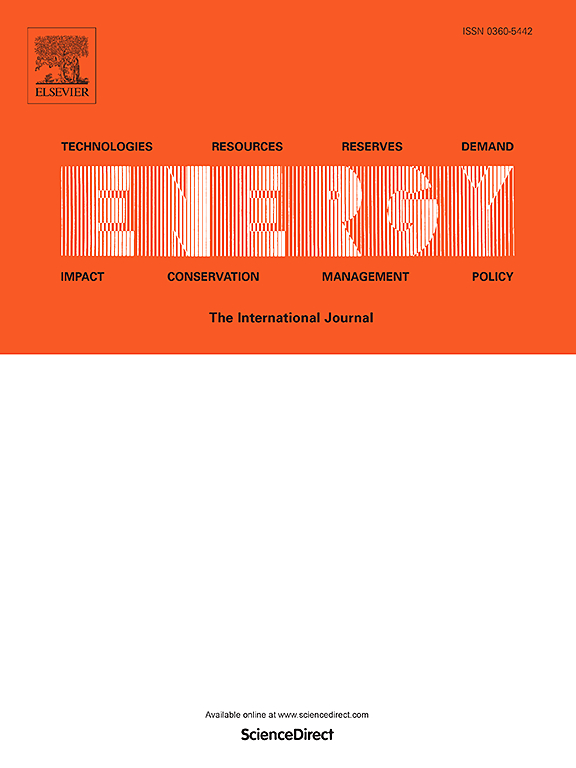Heat-mass transfer, reaction and sintering characteristics in energy carrier for calcium-looping thermochemical energy storage
IF 9
1区 工程技术
Q1 ENERGY & FUELS
引用次数: 0
Abstract
Calcium looping-thermochemical energy storage driven by renewable energy is a promising technology for large-scale long-duration energy storage and industrial decarbonization. However, sintering significantly reduces the energy storage capacity and cycling stability of the energy carrier. In this study, a coupled heat-mass-reaction-sintering model is proposed to investigate the thermochemical behavior and energy storage performance at the particle scale. Extremely high temperature and long residence time are the primary factors aggravating sintering under photothermal. Despite high energy storage efficiency and mild conditions, the prolonged conversion time under electrothermal is not conducive to rapid response applications. For operating parameters at the reactor scale, increasing input power is essential for high reaction rate and energy storage efficiency. However, matching input power and residence time is necessary to mitigate sintering and reduce energy losses. Furthermore, increasing ambient gas velocity and pressure is beneficial for enhancing temperature uniformity at the cost of slowing conversion. For particle parameters, high absorptivity and initial porosity are crucial for high energy storage efficiency and fast conversion. Low porosity caused by sintering can cause CO2 accumulation, further extending conversion time. Additionally, 0.15–0.25 mm radius range is suitable for rapid energy storage response, while 0.15–0.2 mm radius range is optimal for sintering resistance in long-term operation.
求助全文
约1分钟内获得全文
求助全文
来源期刊

Energy
工程技术-能源与燃料
CiteScore
15.30
自引率
14.40%
发文量
0
审稿时长
14.2 weeks
期刊介绍:
Energy is a multidisciplinary, international journal that publishes research and analysis in the field of energy engineering. Our aim is to become a leading peer-reviewed platform and a trusted source of information for energy-related topics.
The journal covers a range of areas including mechanical engineering, thermal sciences, and energy analysis. We are particularly interested in research on energy modelling, prediction, integrated energy systems, planning, and management.
Additionally, we welcome papers on energy conservation, efficiency, biomass and bioenergy, renewable energy, electricity supply and demand, energy storage, buildings, and economic and policy issues. These topics should align with our broader multidisciplinary focus.
 求助内容:
求助内容: 应助结果提醒方式:
应助结果提醒方式:


